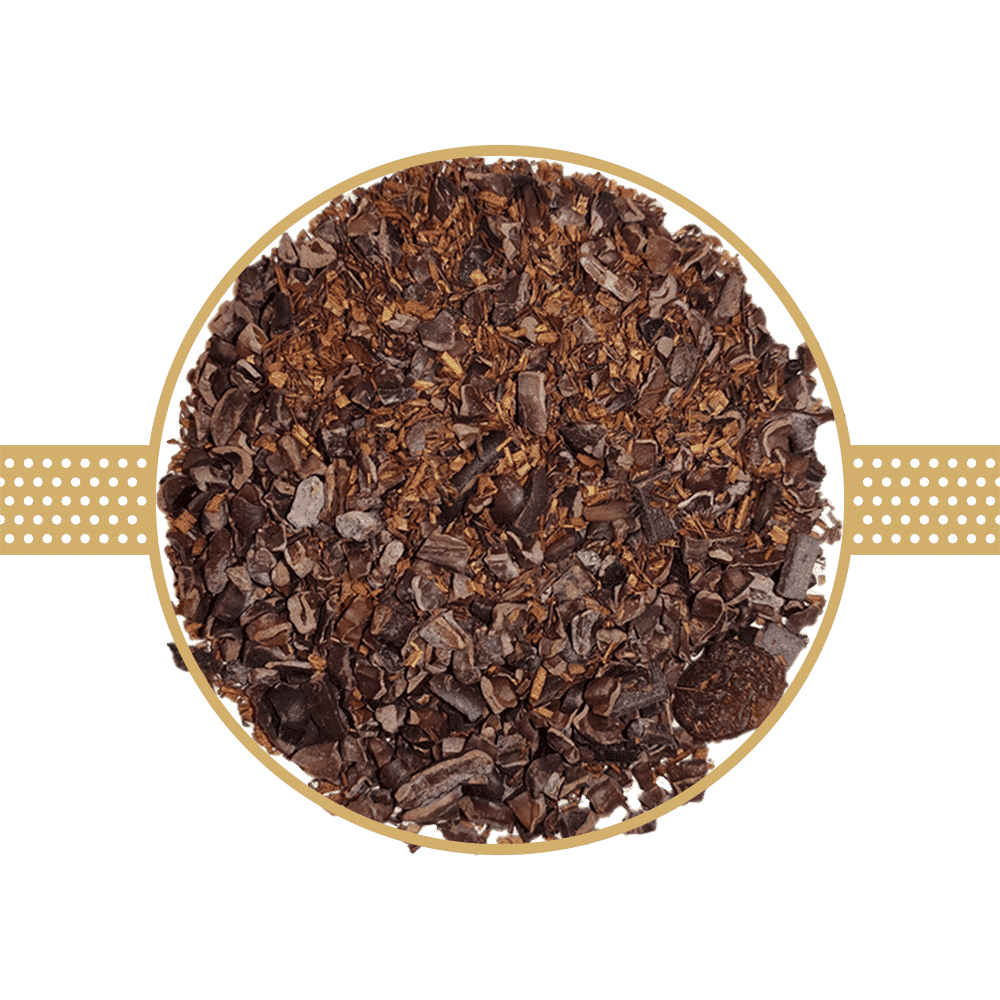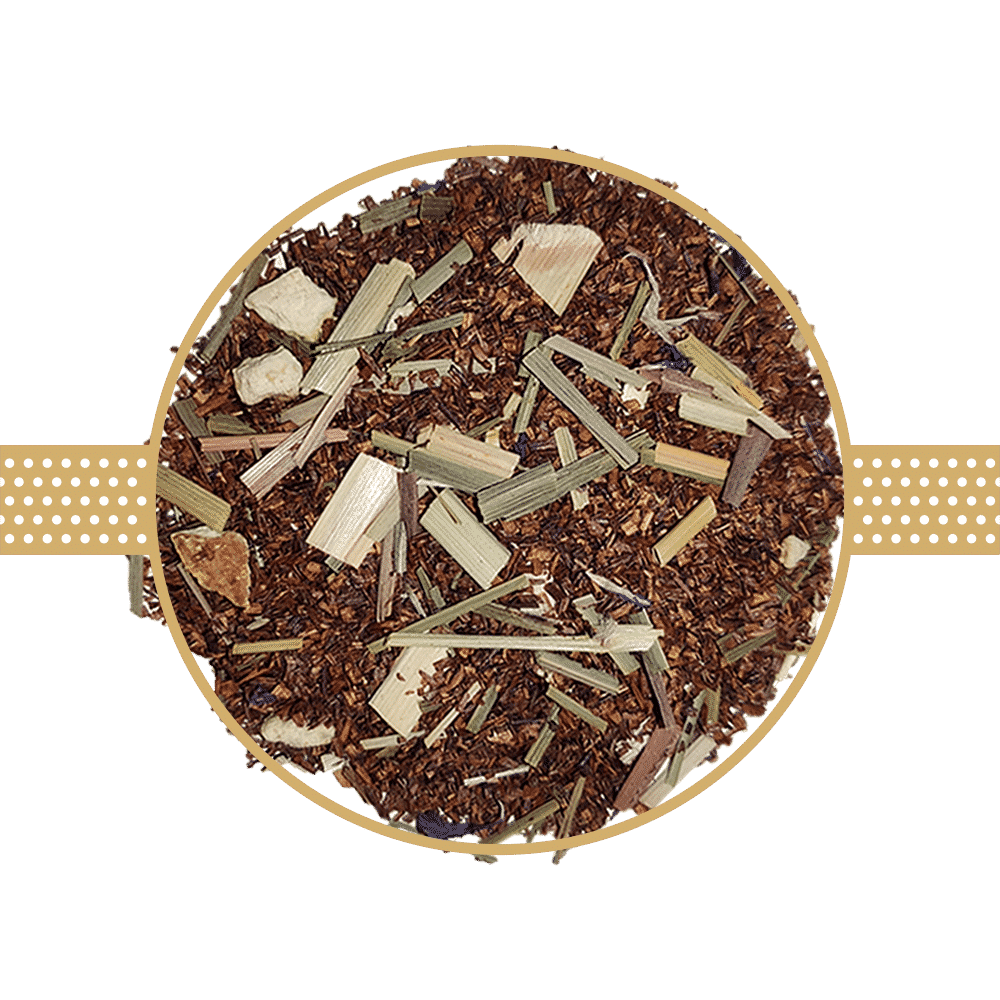Showing all 3 results
Recently Viewed Products
Both of these herbal infusions turn to red in a cup and have many healing properties in common. In spite of this, they are very different plants.
Characteristics of Rooibos Tea
Grading of Rooibos is largely determined by how much of the leaves are mixed with the stems. The higher the leaf content, the darker the liquor, the richer the flavor, and the less dusty the aftertaste will be.
The dark red color of rooibos tea emerges when the leaves are fully oxidized. In contrast, if the leaves are dried quickly without oxidation like green tea, they remain green.
In addition to the taste difference, oxidation is responsible for a lot of sweetness.
Many tea companies blend berries, caramel, mango, or mint in with green Rooibos tea to complement its bitter flavor.
The Origin of Rooibos Tea
One of the world’s most famous herbal teas, Rooibos, grows only in the rugged mountains of South Africa’s Cedarberg district.
Dutch settlers learned how to process this tea in much the same way that indigenous populations processed black tea.
The strong African sun oxidized the leaves after they were chopped, bruised, raked into piles, and then dried.
Rooibos tea slightly sweet taste and rich, mahogany hue, attracted the Dutch who immediately fell in love with the processed leaves.
Compared to other types of imported tea, rooibos tea was a much more affordable alternative for the Dutch.
Despite its popularity, rooibos was difficult to obtain outside South Africa until cultivating it became a commercial activity in the 1930s.
Health Benefits of Rooibos
In the 1980s, when earlier research uncovered the leaves’ medicinal properties, rooibos began to catch the public’s attention.
Japanese belief in the antiaging properties of this herbal infusion led to its spread throughout the world.
An American society that is focused on youth also started to pay close attention to Rooibos as a new herbal product which promised to slow down aging.
According to research, rooibos is the only known source of aspalathin, an antioxidant capable of reversing the progression of dermatological diseases and skin cancer.
In addition to healing respiratory, allergic, digestive, and heart conditions, this chemical is also responsible for preventing diabetes and heart disease.
Alpha-hydroxy acid and vitamin C, which are present in high concentrations in Rooibos tea, are known to stimulate hair growth and make the skin look younger.
Rooibos means “red bush” in Afrikaans. Herbal tea is made from the leaves of this bush, which is also called Rooibos.
As the plant originates from the southern part of Africa, the drink has been popular for generations.
The Rooibos tea and honeybush infusion come from the same region of the world, so many people consider them identical.





